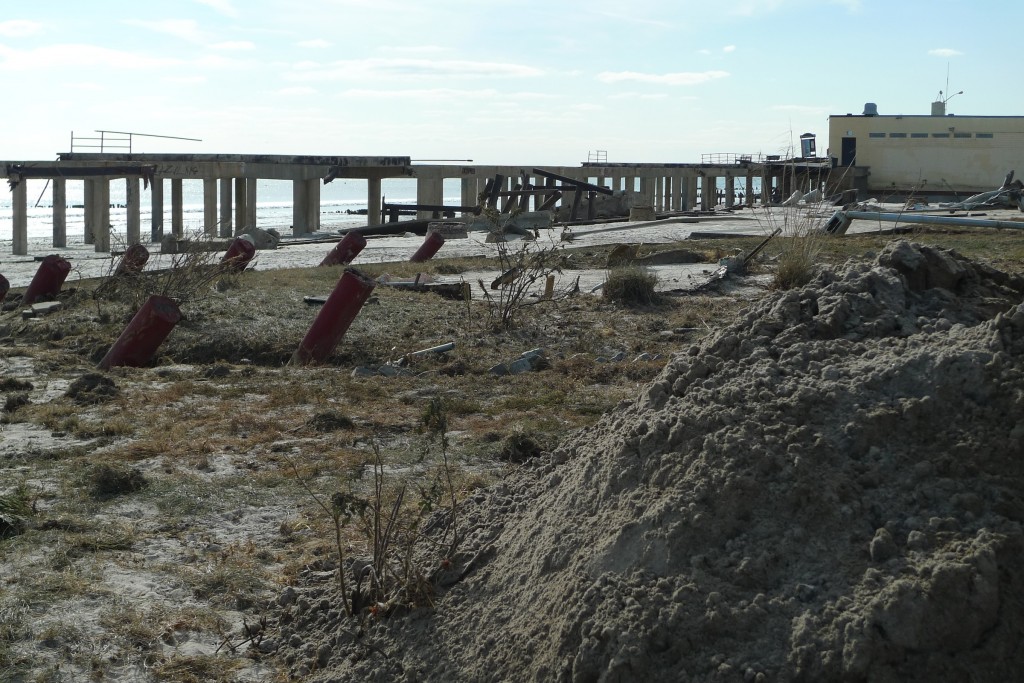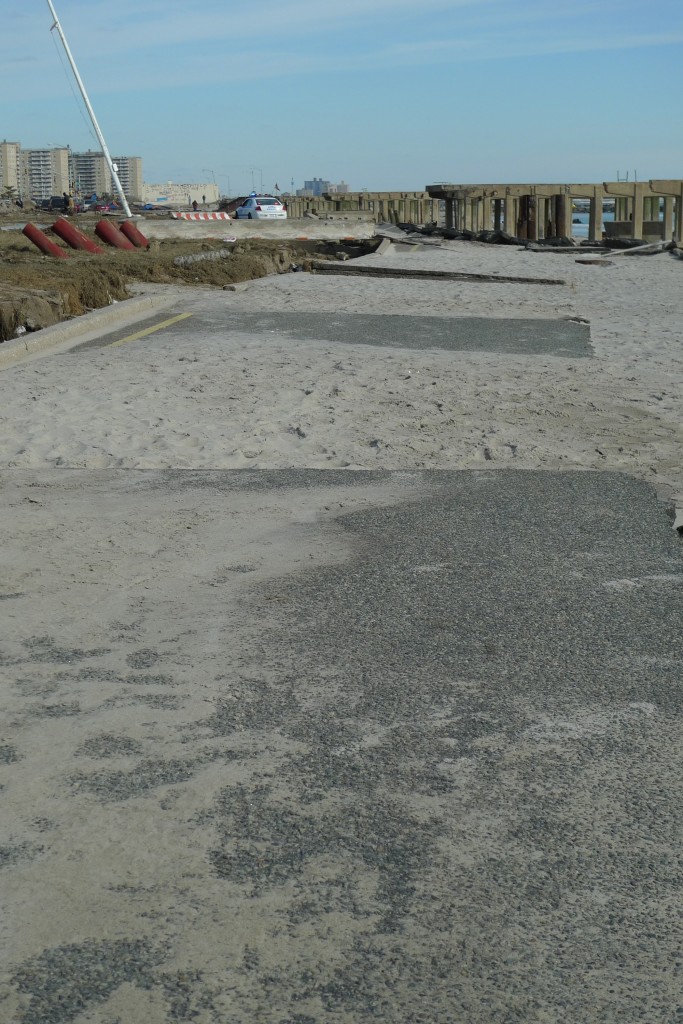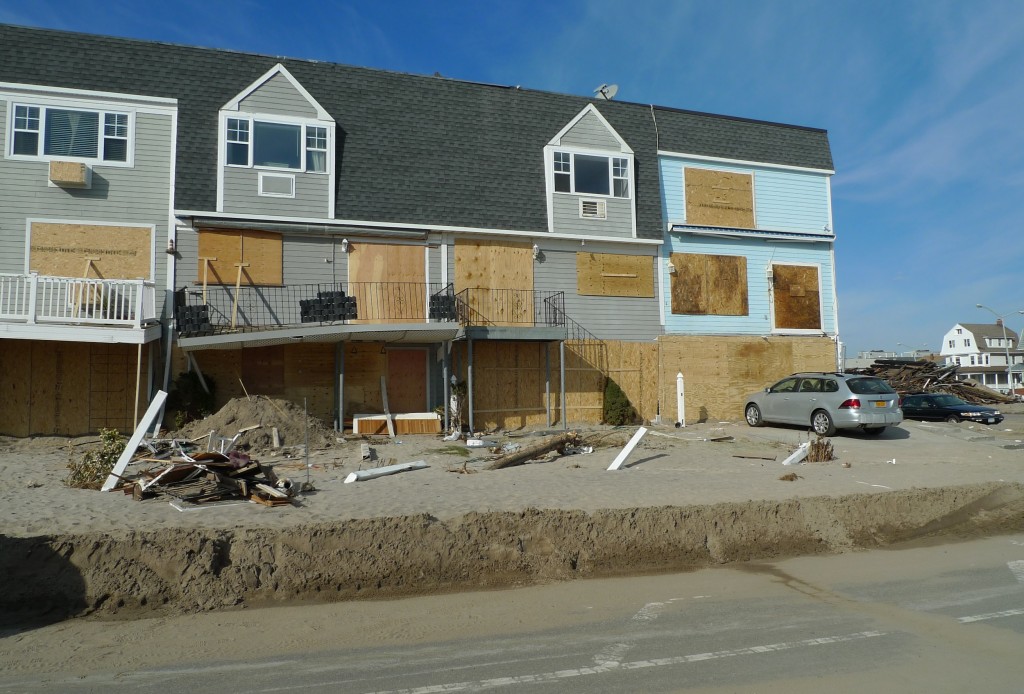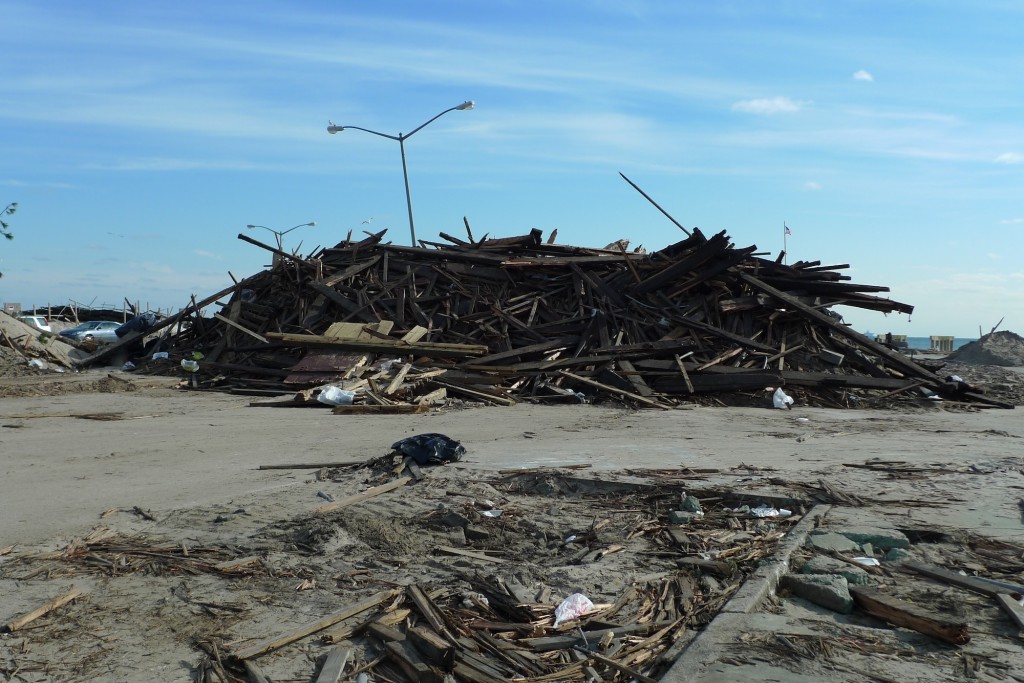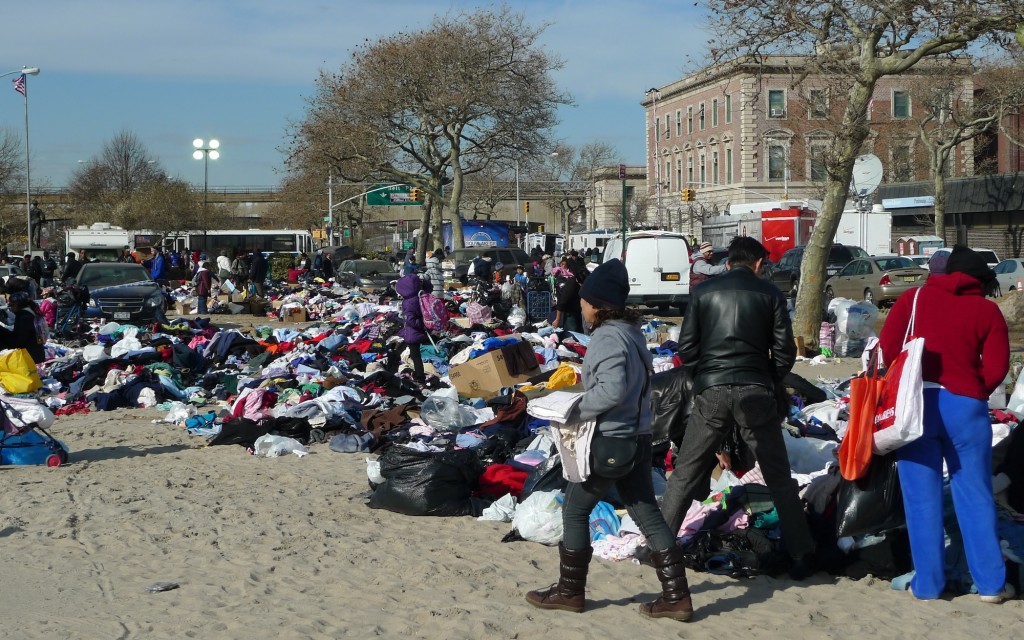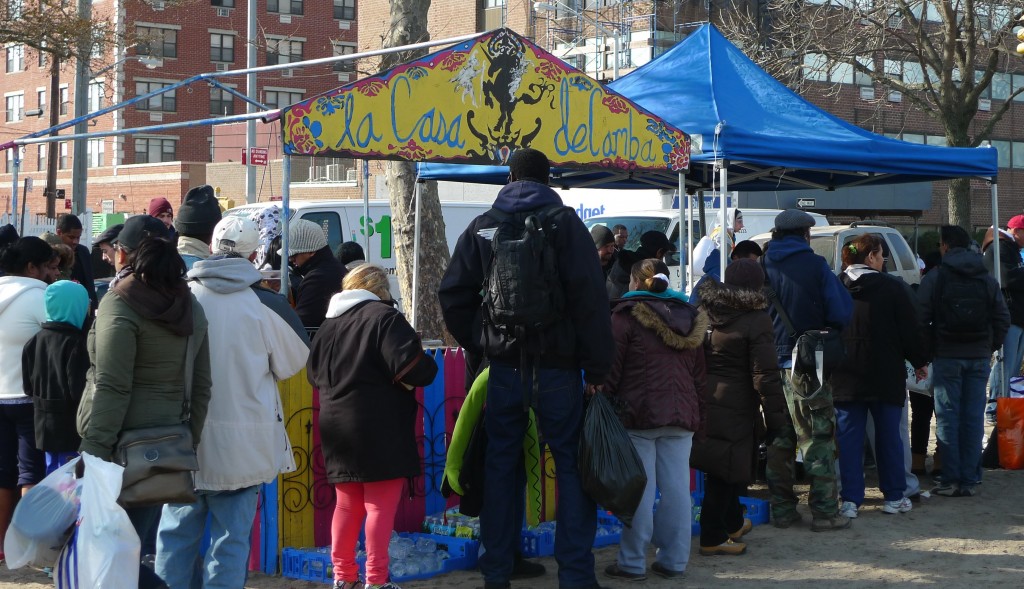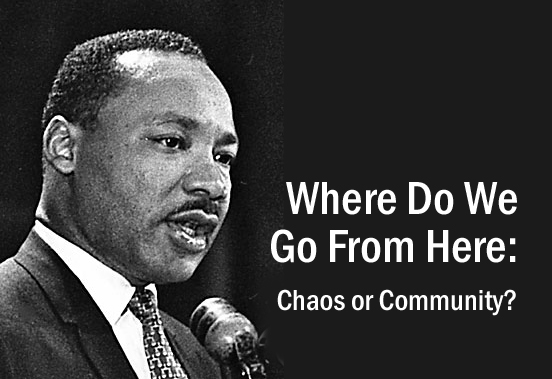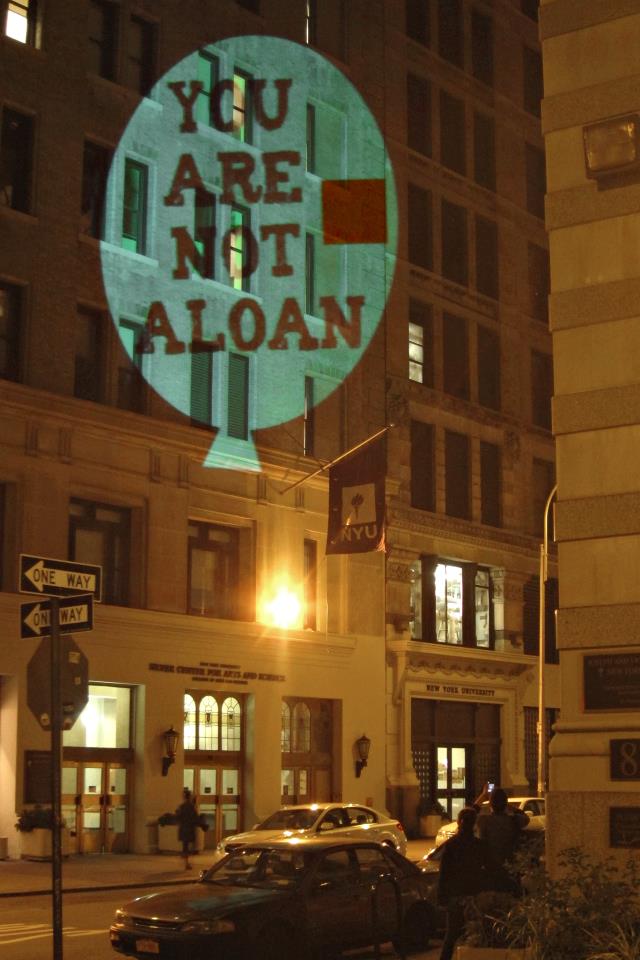Since the Rolling Jubilee happened, I’ve been looking for a chance to post the prepared text on debt and disaster that I didn’t exactly deliver at the event. Today was a travel day back from Puerto Rico to New York so here it is:
Tonight, even as we jubilate, we remember the victims of Hurricane Sandy from Haiti to Jamaica, New Jersey, State Island, Breezy Point, the Rockaways and Long Island. We do so because we know that the debt crisis and the climate disaster are both caused by the insatiable greed of the one percent. Just as debt destroys livelihoods, so does the climate disaster destroy life itself. To strike debt is to save the climate.
Every time capital puts itself in circulation it hopes to make a profit. We know that without fail it adds to the deficit in the biosphere and that is destroying human and non-human life. It has been working on this deficit for two hundred and fifty years. We, the 99%, declare capitalism past due on its climate debt.
We know too that in the planetary disaster there is still inequality. We who live in the historically developed world have benefited from a grossly dispropotionate share of carbon emissions. We too owe a climate debt: to the plurality of the planet’s population who live on less than $2 a day. We must decolonize the atmosphere so that they can claim the right to existence.
We know that abolishing climate debt means abolishing monetary debt. Capital creates money by making debt. Our labor pays it off. This is called “growth.” Our incomes do not grow. But carbon emissions always rise. More growth to pay off the sea of debt means flooding like Sandy every year, everywhere. We can’t afford to pay off the debt. Instead, tonight we abolish it.
I really hope that this message doesn’t get lost in the face of the invasion of Gaza. Insofar as there has been a rational thread to Israel’s policy in the Occupied Territories, it has been in significant part about control of natural resources, especially water.
On the other hand, what is happening now seems to represent a deliberate refusal of rationality. It’s a reverse of MAD–Mutually Assured Destruction–that dominated Cold War politics. The idea was that because both sides would be destroyed in a war, it would be insane to start one. Israel now seems to say: “we will act out in any way that makes us feel better, irrationally, angrily and violently.” Netanyahu decided to call Obama and as usual the latter blinked.
I’m so tired of making this kind of analysis of Israel, whether it’s accurate or not. I just want them to stop, to leave the territories and just be a small, unimportant country dealing with desertification, drought and sea-level rise. And, yes, I used to call myself Jewish until they ruined that for me too.

